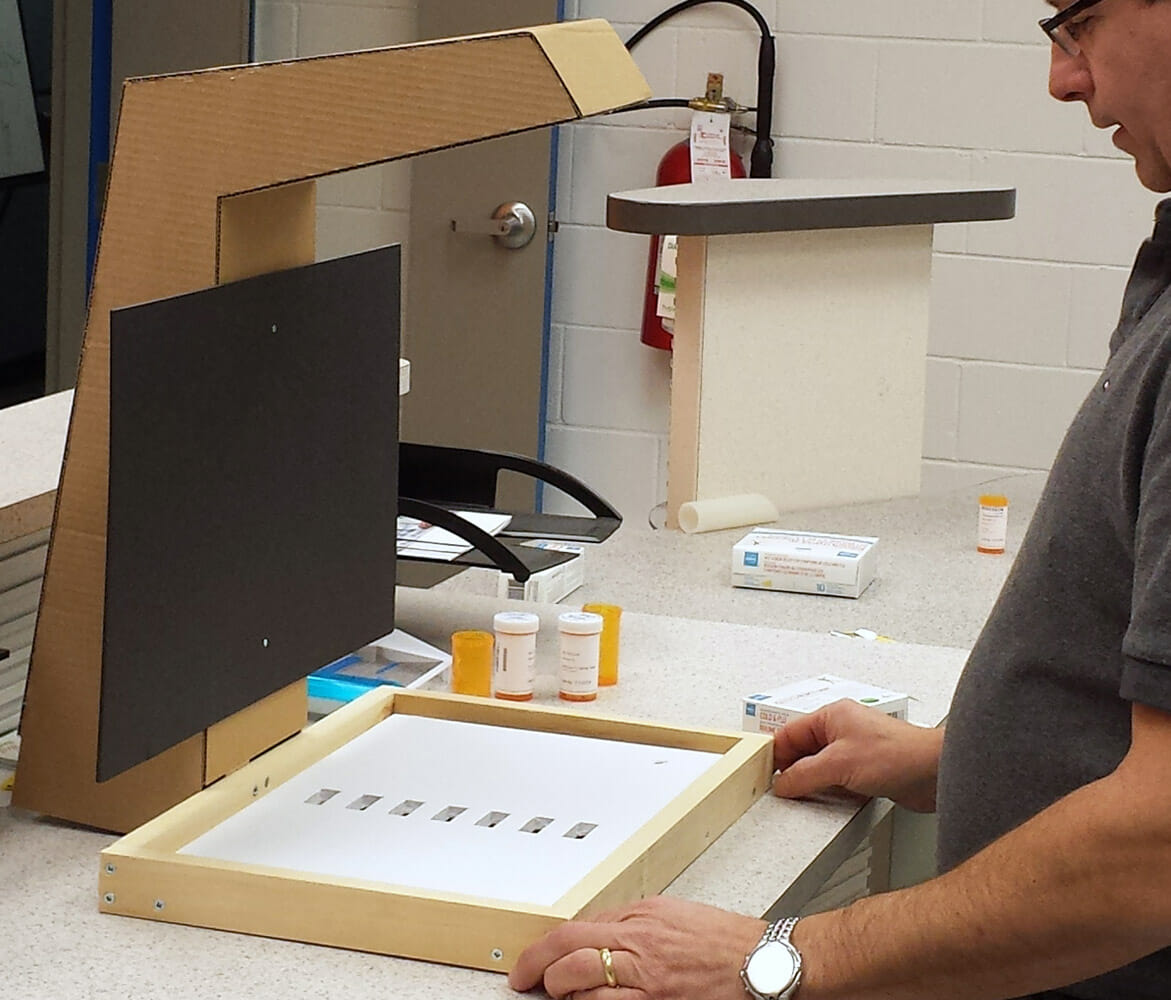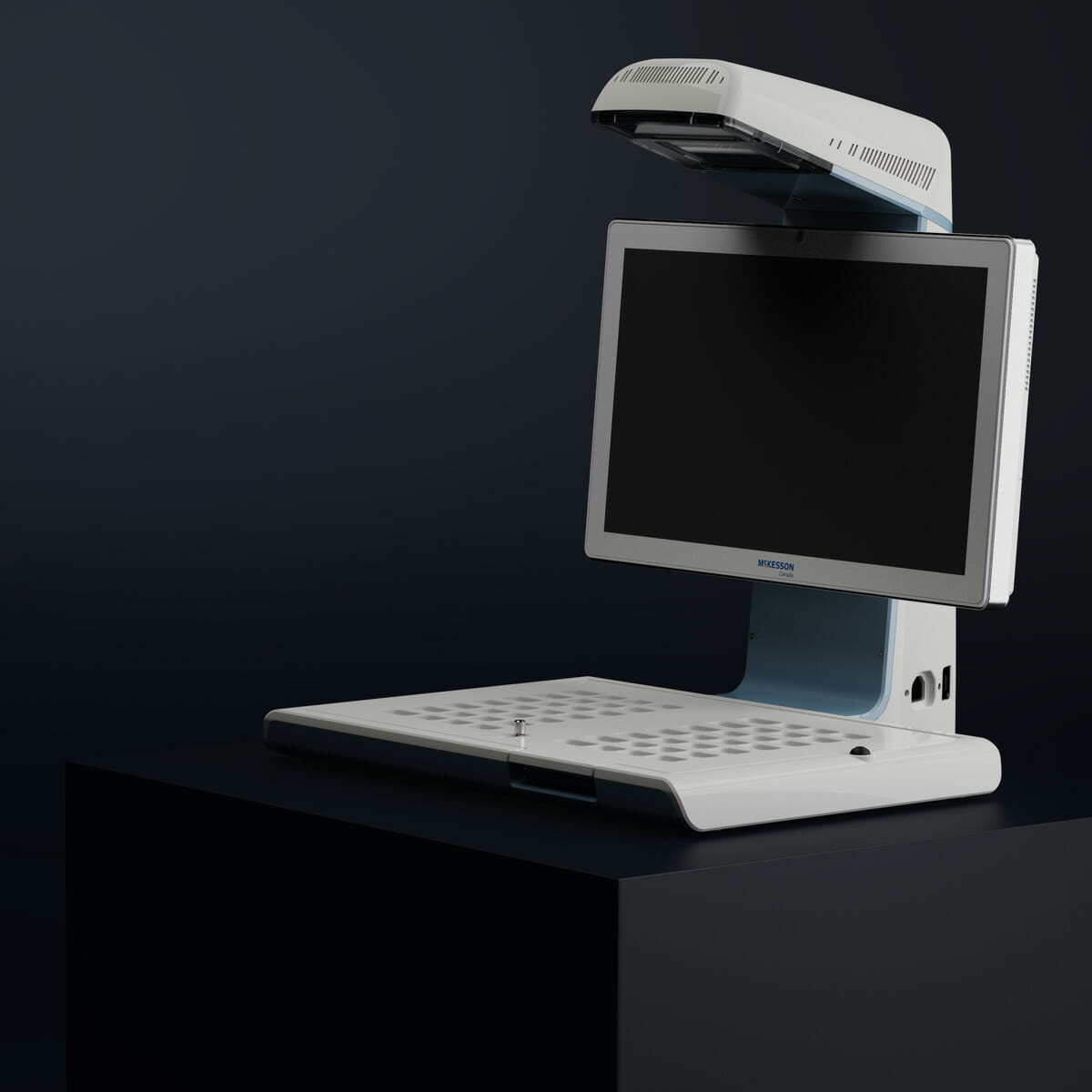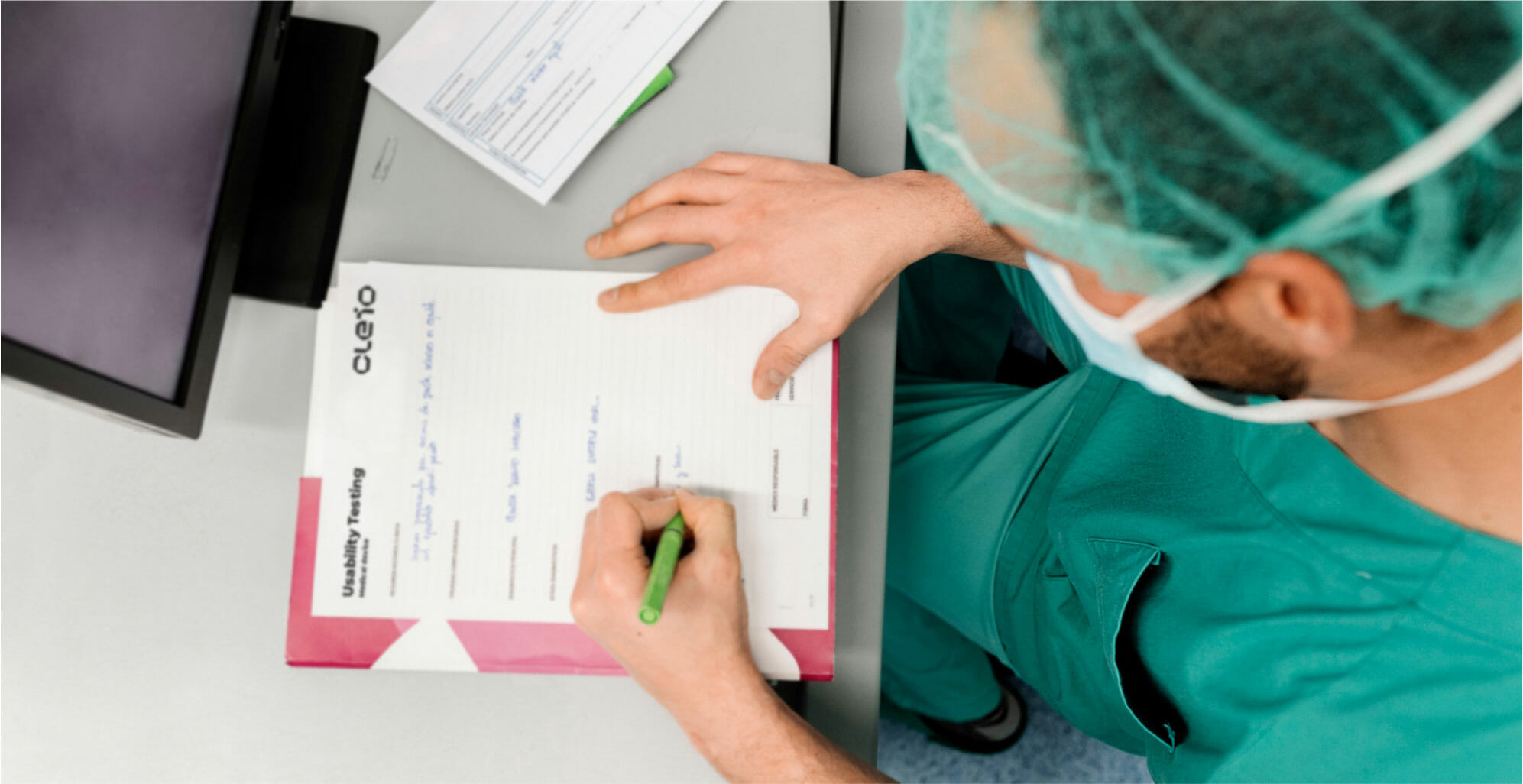Because medical devices directly affect human health, they are strictly regulated. Their design must follow best practices, including the integration of human factors.
From the details of the use environment to potential use errors, UX methods support the design process in line with IEC 62366-1, the international standard on applying usability engineering to medical devices.
Here is an overview of five key UX design methods used by our design team.
User Interviews
Individual interviews with patients, doctors, nurses, pharmacists or other healthcare professionals are ideal to get deep insights about the motivations, challenges, learning styles and conceptual models of the people who will actually use the device.
To define the use specification, it is also essential to investigate the use environment. The resulting design constraints will vary depending on whether the device will be used in an intensive care unit, operating room, consultation office, ambulance, etc. By interviewing users in their workplaces, we gain valuable information on this subject.
Alternative methods can also bring insights on the use environment and user profiles. For example, contextual inquiry combines interviewing with observing the user interacting with an existing device (e.g. a competitive product).
Focus groups with several users or a committee of experts is another related method that can be used upstream of the project. These are particularly useful when the solution to design is novel and there is no comparable product on the market.

Task Analysis
To systematically identify user interface characteristics related to safety and potential use errors, task analysis is the preferred method. In usability engineering, the user interface not only includes the graphical interface, but also any physical aspect of the device (shape, dimensions, weight, texture, etc.), documentation, training, or anything else that can play a role in how someone interacts with the device.
Based on the user’s intention (e.g. administering an intravenous medication), a task is defined (e.g. preparing the device), which is divided into sub-tasks (e.g. setting the dosage) and then into steps. For an even more systematic approach to identifying potential use errors, a PCA task analysis can be performed. Each step is then associated with the three types of interaction, namely perception, cognition and action.
To identify potential use errors for each interaction, factors listed in the use specification will also be taken into account. For example, if the operating environment is noisy, the possibility that the operator will not hear an audible alarm will be considered. Or, if the nurse who uses a device is tired because they work long hours at night, they may read the displayed data incorrectly.
The task analysis, along with the list of potential use errors, will feed into the user interface specifications, also known as design requirements.
Prototyping
In addition to being useful to communicate user interface specification within the project team, mockups and prototypes are an essential tool for formative evaluations.


Based on a trial-and-error approach, these preliminary representations of the user interface are key to get user feedback and adapt the solution accordingly.
Expert Evaluations
The first consists of methodically analyzing the graphical interface of a system, page by page, based on a series of established criteria called heuristics. Several sets of criteria can structure such an analysis, such as the Ergonomic Criteria of Bastien and Scapin and the 10 Usability Heuristics by Jakob Nielsen.
Nielsen's 10 Usability Heuristics
- Visibility of system status
- Match between system and the real world
- User control and freedom
- Consistency and standards
- Error prevention
- Recognition rather than recall
- Flexibility and efficiency of use
- Aesthetic and minimalist design
- Help users recognize, diagnose, and recover from errors
- Help and documentation
Bastien and Scapin's Ergonomic Criteria
- Guidance
- Workload
- Explicit control
- Adaptability
- Error management
- Consistency
- Significance of codes
- Compatibility
As for cognitive walkthrough, it means that the UX specialist, based on the available information about the user, task and context, performs a task as the user. They can then detect certain weaknesses of the system.
These expert-based methods can be used on the early mockups or prototypes of a new device or to evaluate existing devices. They can be used in the first formative evaluation rounds of a usability engineering process. They typically cast light on obvious problems (low-hanging fruit) and lead to them getting fixed prior to usability testing.
Although expert-based methods are rather simple and quick to use — at least when you have access to experts — it is important to keep in mind that they have the major weakness of not being based on the experience of the users!
NEW EBOOK
Demystify the design process with 7 frequently asked questions about UX
From dynamic sketches to immersive role-playing, every discipline have to be involved in this UX approach focused on creating unforgettable interactions 🚀
Discover our insights and elevate your UX design process by downloading our free ebook!
Usability Testing

User testing (or usability testing) is a crucial method for formative evaluation and summative evaluation. In short, it consists of asking potential users to perform tasks with a prototype or finished product and observing them interacting with the device. It provides precious access to what the user actually does, and, during a debriefing session following the test, to what the user says about their experience. These sessions yield valuable insights about how to improve the design.
During the summative evaluation — which aims to get objective evidence of the safety of use following the development process — it is crucial to mimic the actual user experience as closely as possible. At that point, we will use the final product in a realistic setting, and participants will be representative of the target users.
Finally, keep in mind that an optimal usability engineering process implies that all evaluations are planned prior to the design and development steps. The objectives, protocol and timing of each formative evaluation, as well as the summative evaluation, should be detailed in an evaluation plan.
Need support to implement these methods? At CLEIO, our team of 50+ experts can seamlessly integrate into your processes to help you reach your goals, no matter where you are in your product development journey.
Sources
